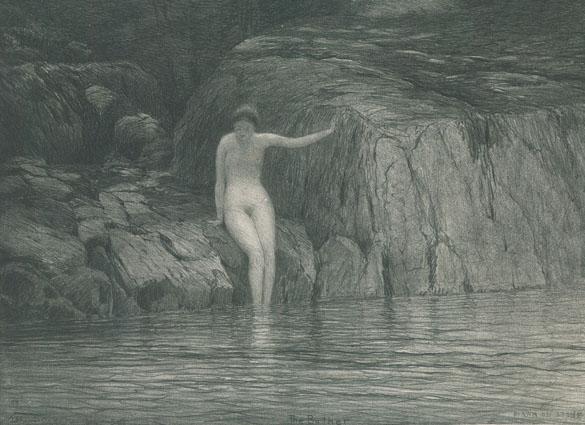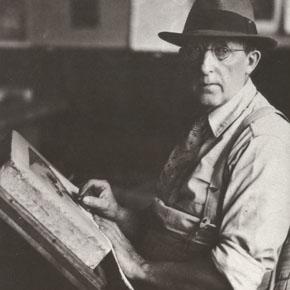Part II
(In last week’s Part I, a 15 year old San Franciscan Pele deLappe found herself in Woodstock in the early 1930s, befriended by Diego and Frida Rivera, Arnold and Lucille Blanch. She studied at The Art Students League in New York, where she first encountered lithography, and came under the influence of the great American scene painter, Reginald Marsh, while becoming immersed in the artist’s life.)
The year after Pele’s second summer in Woodstock, she would send off a poet friend, Edwin Rolfe to the Abe Lincoln Brigade to fight fascist Franco in Spain, recalling, “Rolfe’s poem, ‘City of Anguish,’ about the bombing of Madrid, brought tears to the eyes of Ernest Hemingway.” She danced the jitterbug with her Lefty pals in Harlem’s Renaissance, winning the friendship of Jazz greats Sidney Bechet and Willy the Lion Smith, who performed for and courted her at “The Log Cabin” (as would at least one of them, under cozier circumstances.)
Soon re-united with friends Frida and Diego Rivera, Pele assisted in creating the ill-fated mural at Rockefeller Center, washing brushes and posing for one of the figures, “hanging on every word of Diego and Ben Shahn, one of his assistants.” After Nelson Rockefeller had the mural torn down for the fact it included Lenin, a slightly less outspoken radical entered Pele’s world — “the second” of three great Latin muralists, David Siqueiros.
“Night after night in Child’s Restaurant he hypnotized me and a group of young devotees with his graphic descriptions of revolutionary and collective art work…David once knocked on my door around 3 a.m. to take me to what he considered a marvelous venue for murals, Pennsylvania Station. He magnanimously offered me an alcove of my very own. But the great artist as lover program was proving to be a chimera — I was better off doing my own thing.”
Pele’s apprenticeship — never as explicit in word as in graphic rendering — didn’t reach its crescendo until, at the ripe age of 17, she accompanied the Blanches (both of whom had won Guggenheims) and their painter friends Russell and Doris Lee, to Europe. We’ve seen it before in the story of Andrew Dasburg and we see it again, here. Woodstock painter pairs traveling abroad disintegrating into Italian farce wherein husbands abandon wives for other husband’s wives, great art is swallowed whole (hopefully to inspire personal triumph), horrendous physical calamity is narrowly averted, as, all the while a sort of tipsy naïveté prevails to preserve our “decadents abroad” from a world going to hell in a beerhall and — not least of all — from themselves. Making it all sound simple as arithmetic, Pele would later write:
“It was Arnold’s clever plan to have Lucile and me spend a month each in Germany and Italy while he and Doris Lee went to Spain as lovers. Russell Lee, Doris’ husband, acquiesced in the arrangement by heading for the Soviet Union. The domestic mess would be sorted out when we returned to the States.”
And so it was just “before the deluge” of Nazism sweeping Europe, Lucile and Pele sketch their way through bars and cafes serving Nazi Brownshirts. Pele had a drawing torn from her hands (“I’d shave my head to have preserved!”) and ripped to pieces by a disapproving Nazi model, exclaiming, “This does not happen in Germany!” Spent entire days in Munich’s Medical Museum, where the women drew “tattooed jars in heads, carefully shellacked hermaphrodite genitalia, human brains in formaldehyde. One brain, we were told, was Beethoven’s…” What had clearly become a remarkable friendship accompanied even more remarkable images filling sketchbooks (their whereabouts today, unknown) of “the beautiful, the ugly, the living, and the dead.”
Traveling on-the-cheap by tram and train down the Italian continent, knowing even less about Fascism than they did of Nazism (blessedly little) the odd couple of woman painters marveled almost as much at the food as at the frescoes, as…





























